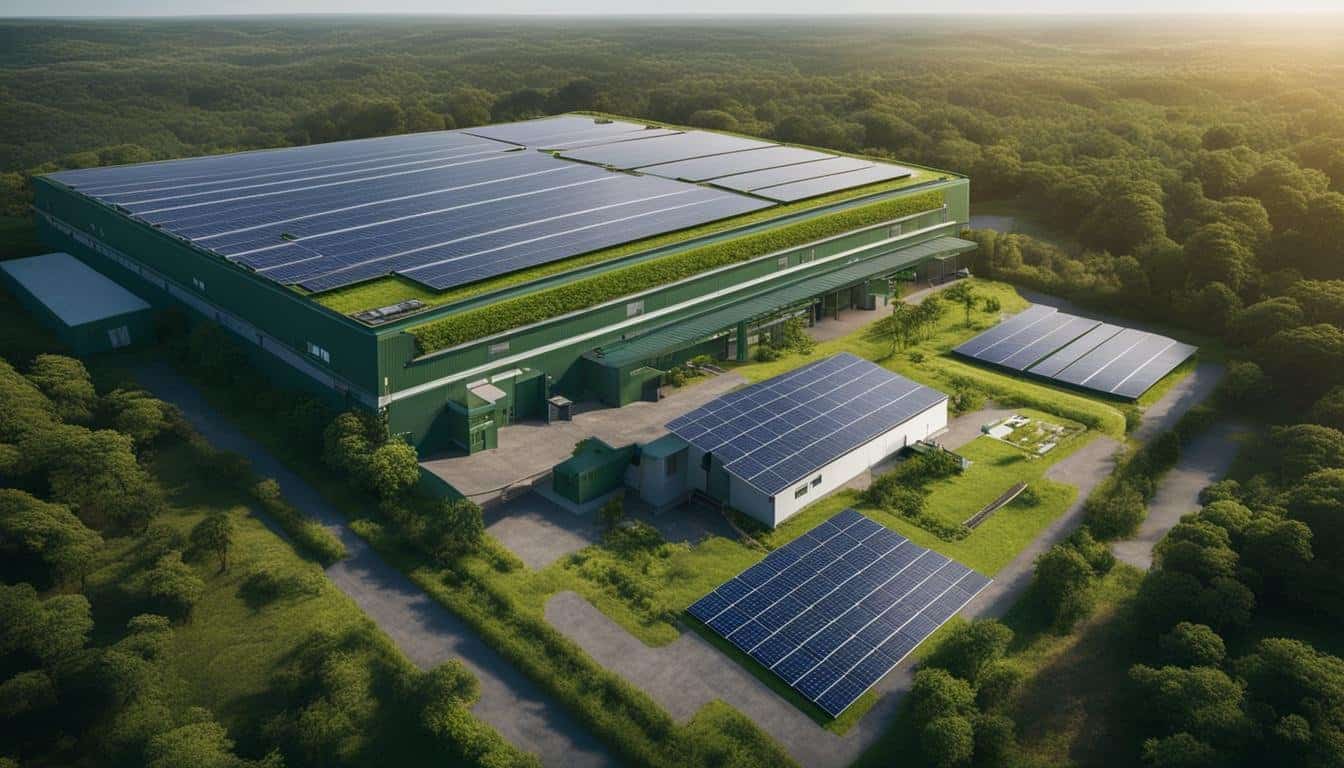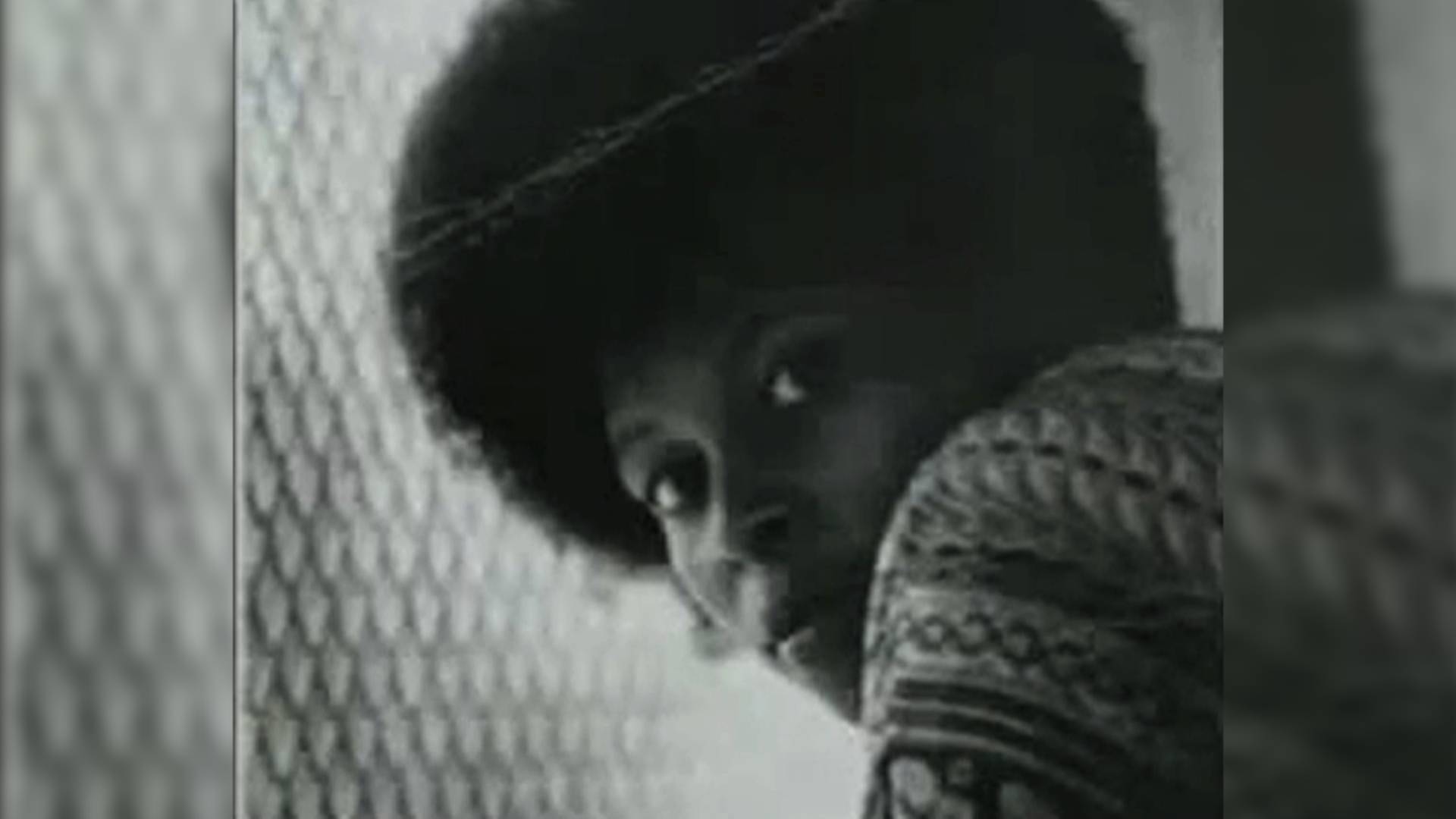A historic battlefield from the American Civil War has become the focal point of a contemporary conflict that underscores ongoing debates over heritage, memory, and identity. This site, once the stage for a pivotal struggle between Union and Confederate forces, now finds itself at the center of disputes that reflect broader tensions within American society.
The battlefield, preserved as a national historic landmark, attracts thousands of visitors each year who seek to understand the events that shaped the nation’s history. However, in recent times, it has become more than a place of remembrance; it has evolved into a symbol around which differing views on the country’s past and future have crystallized.
The central issue of the ongoing disagreement revolves around the manner of remembering and understanding the legacy of the Civil War. To some, the battlefield serves as a solemn reminder of the sacrifices made and a symbol of the struggle for unity and freedom. For others, it is deeply connected to the history of slavery and systemic racism, leading to demands for alterations in how the site is depicted and handled.
Local communities, historians, descendants of the participants, and numerous advocacy organizations have engaged in dialogues and occasionally disputes over statues, plaques, and educational initiatives related to the battlefield. These discussions reflect comparable debates nationwide in the United States regarding Confederate monuments and the public recognition of history.
The expression “We will not simply give up” has surfaced from individuals resolute in conveying their viewpoints in this continuing conversation. It embodies a wider feeling among participants who sense that their link to the land and its past is endangered, whether by perceived disappearance, alteration of narratives, or disregard.
Authorities responsible for managing the battlefield face the challenge of balancing diverse viewpoints while preserving the integrity of the site. Efforts have been made to expand interpretive materials to include multiple narratives, offering visitors a more comprehensive understanding of the historical complexities involved.
This renewed conflict over the battlefield illustrates how historical sites can become arenas for contemporary cultural and political struggles. It reveals the enduring power of history to influence present-day identity and policy, as well as the difficulties inherent in reconciling competing memories.
Experts in public history emphasize the importance of inclusive dialogue and education to navigate these tensions. Engaging with all community voices can foster a more nuanced appreciation of the past and encourage reconciliation rather than division.
The situation also raises questions about the role of government and preservation organizations in managing sites of contested history. Transparent decision-making processes and community involvement are seen as key factors in developing respectful and meaningful commemorations.
As discussions persist, the battleground stands as a powerful emblem of the country’s enduring confrontation with its Civil War heritage. It acts as a reminder that history is dynamic, continually analyzed and reexamined by each new generation.
Ultimately, the conflict at this historic site underscores the broader American struggle to confront difficult aspects of its past while forging a shared future. The outcome of these discussions may influence how the country addresses similar issues in other historic locations, shaping national conversations about memory, justice, and identity.
In addressing this intricate landscape, involved parties face the task of balancing reverence for tradition with the desire for advancement, appreciating that historical locations possess deep emotional and cultural importance. Moving ahead will probably necessitate patience, understanding, and a dedication to communication.
This evolving story at the Civil War battlefield offers a window into the broader dynamics of how societies remember and learn from their histories. It highlights the importance of preserving historical truths while remaining open to new interpretations that reflect a more inclusive understanding of the past.
While the country keeps wrestling with these issues, the battlefield remains a place of historical significance and a vibrant platform for ongoing dialogues about the implications and heritage of the Civil War.




